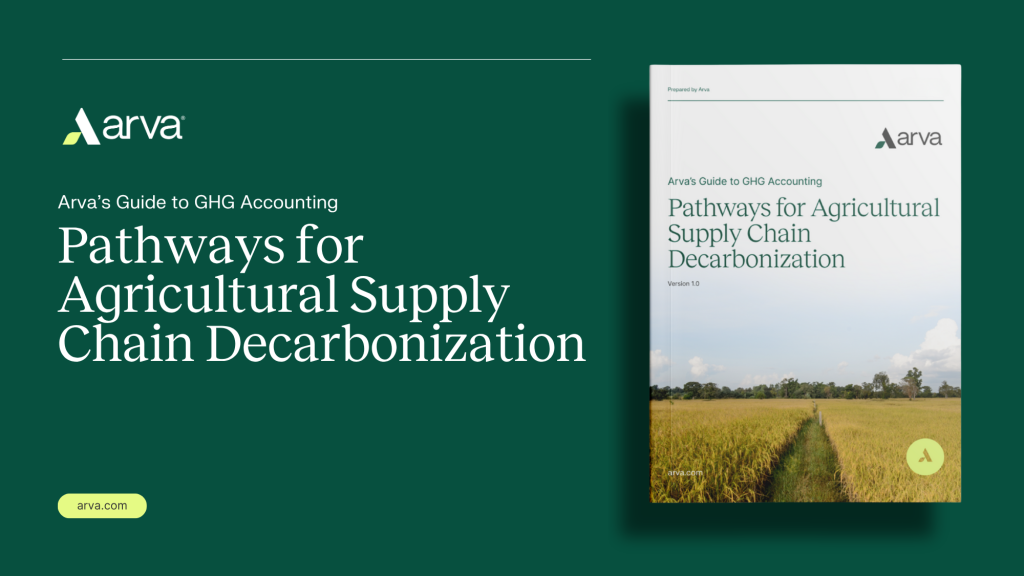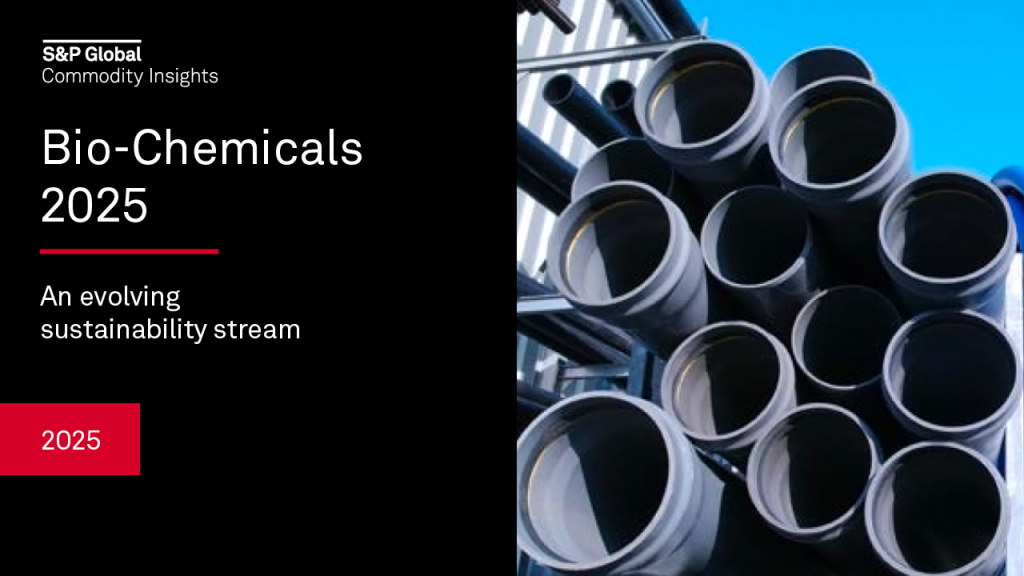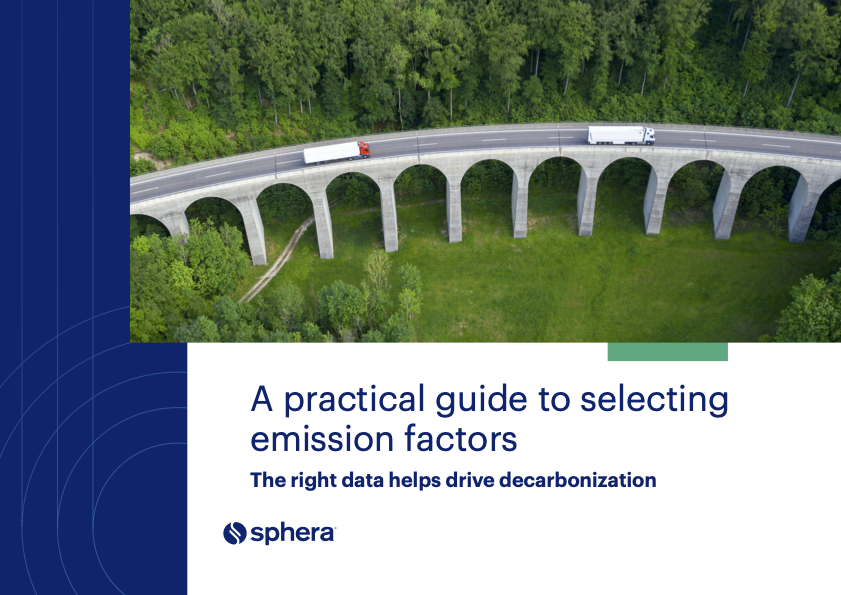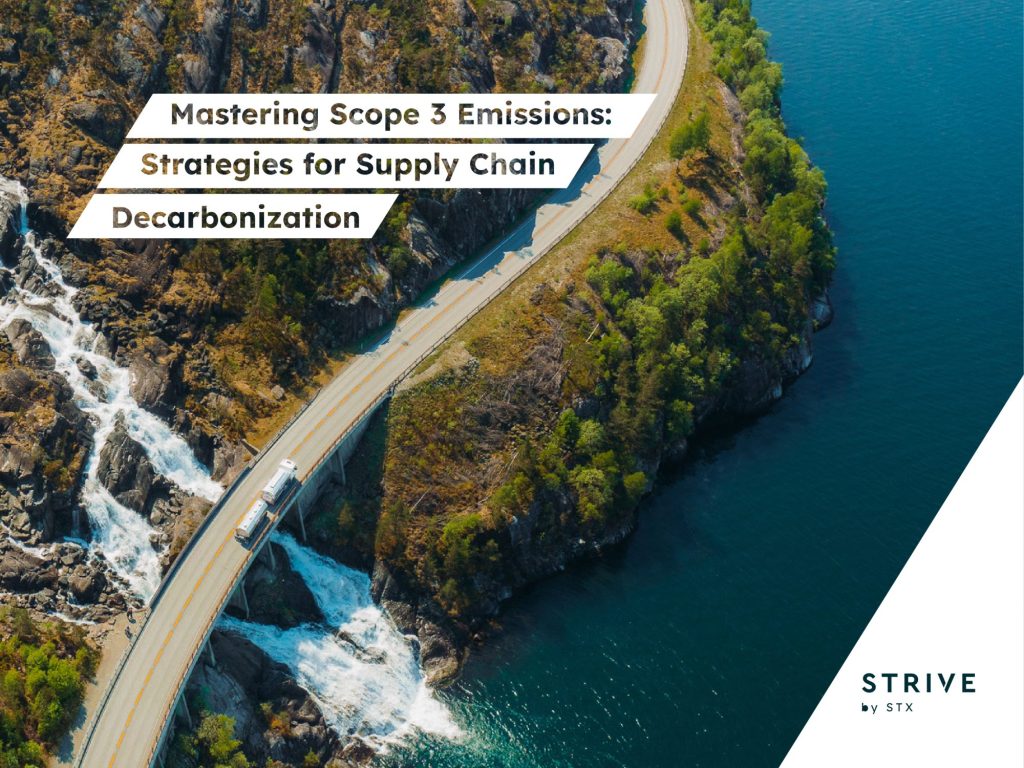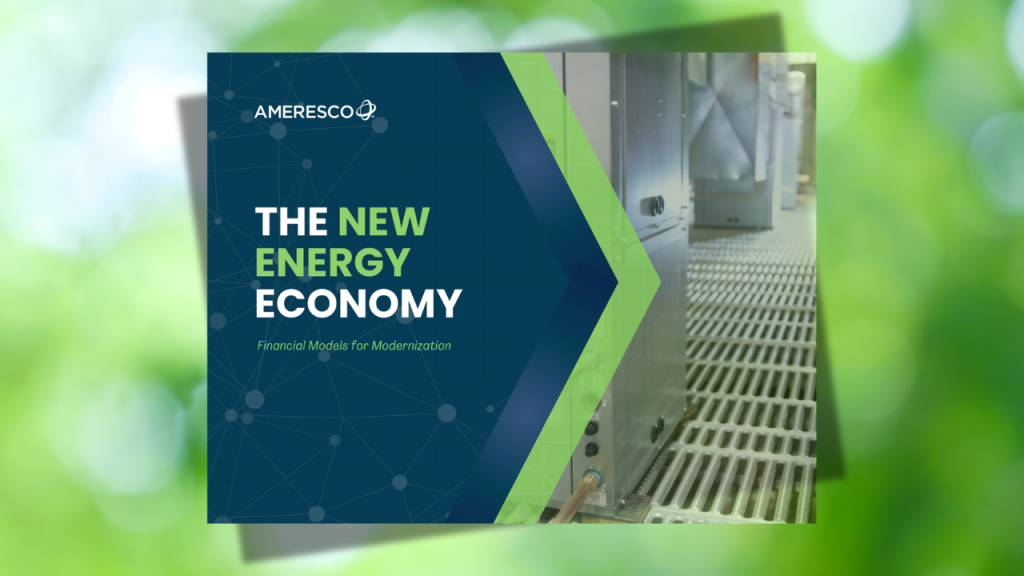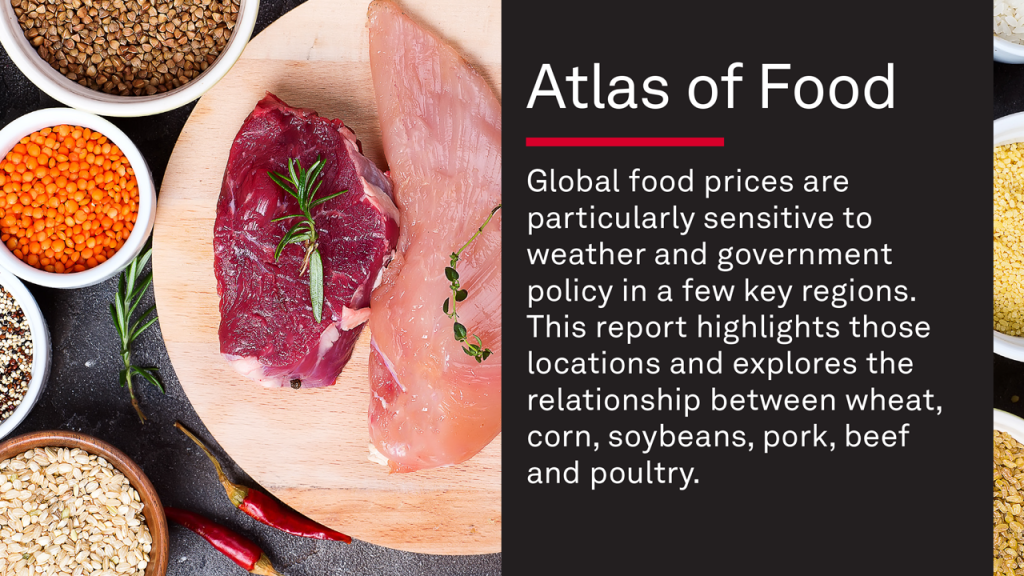How Kenvue gets its product designers thinking more environmentally
The company behind Tylenol and Neutrogena is rolling out a digital dashboard for R&D employees. Read More
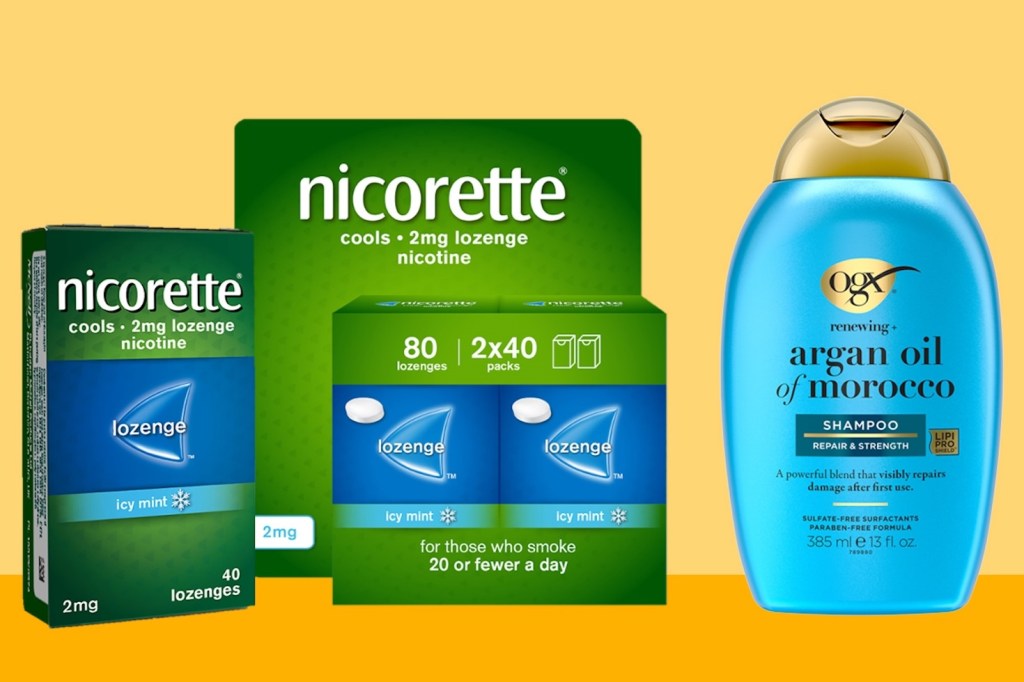
- The Johnson & Johnson spinoff is seeking a patent for its Sustainable Innovation Profiler but will share its methodology.
- 600 R&D employees have already been trained to use the tool when making design decisions.
- Four environmental categories are given equal weight with other metrics.
Kenvue, the consumer goods company behind brands including Tylenol, Neutrogena and Listerine, is training its 1,800-person research and development workforce to include environmental metrics in their innovation process.
The move follows an internal trial of Kenvue’s patent-pending product assessment tool, the Sustainable Innovation Profiler. R&D teams, product formulators and packaging engineers can use the tool to evaluate a product’s environmental and emissions footprints, green chemistry credentials and packaging makeup. The rollout will continue amid a strategic review of the company, launched after the ouster of its CEO in mid-July.
The Sustainable Innovation Profiler was used to evaluate the impact of reformulations and packaging redesigns for 20 Kenvue product lines during 2024, including OGX Argan Oil of Morocco shampoo and Nicorette lozenges. While the individual results for those products were unique, the profiler documented carbon footprint reductions of at least 16 percent for both.
The evaluation results convinced Kenvue to introduce the tool into its product-design process from the beginning, said Jennifer Duran, global head of sustainability. “With the Sustainable Innovation Profiler, we’re really modeling the sustainability impacts of the different development designs that we’re making,” Duran said.
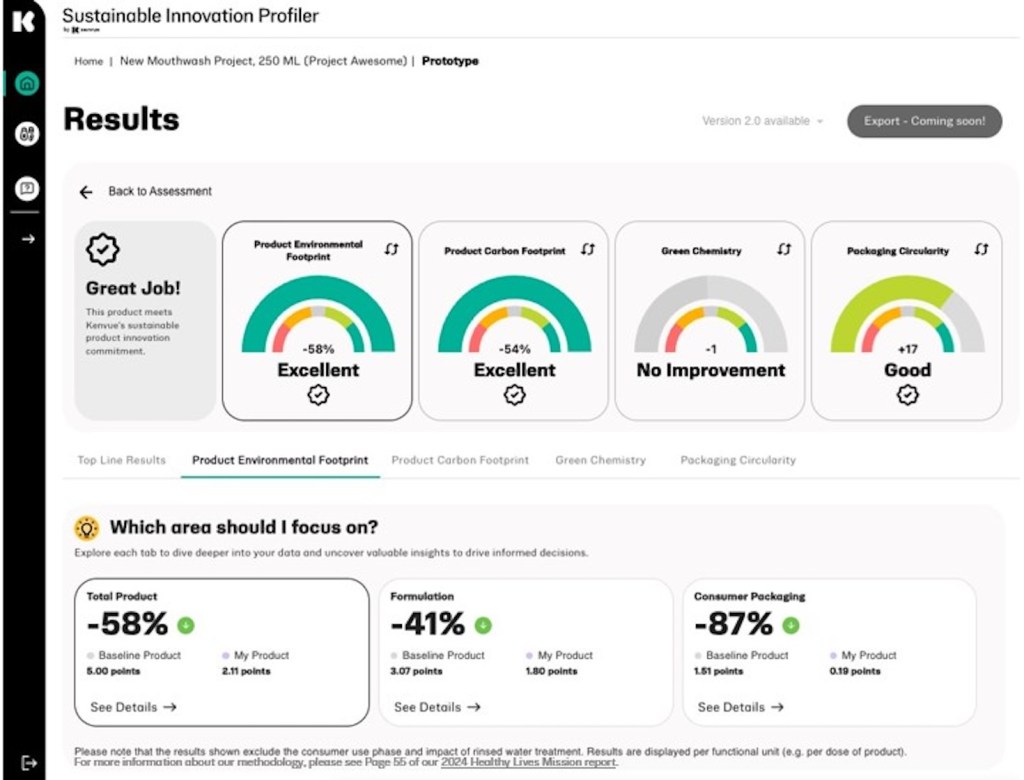
Strategy shift
The decision to embed sustainability metrics more deeply into product development dovetails with a restructuring that saw Duran promoted to group head of sustainability in June after focusing on product resilience and sustainability. She reports to Kenvue’s chief scientific officer, with dotted lines to the operations and corporate affairs teams.
The Sustainable Innovation Profiler supports Kenvue’s goal, adopted in May 2024, to screen 75 percent of the company’s new product development projects for improved environmental performance by 2030. It could apply to anything from a straightforward packaging overhaul to a complete product reformulation, Duran said.
So far, 600 product designers and packaging engineers have completed online training to use the resource. Anyone can take the course, but for certain design roles and groups it’s mandatory. “These are the people making decisions about the recipes of our products,” Duran said.
Overarching design principles
The Sustainable Innovation Profiler builds on life-cycle assessment approaches used by the European Commission’s Product Environment Footprint and the Global Aquatic Ingredient Assessment. It studies four categories of environmental metrics:
- Environmental footprint, including water, land and resource use; whether the product disrupts the nutrients in marine or fresh water (which can cause algae blooms); and ecotoxicity
- Carbon footprint, measured by greenhouse gas emissions
- Green chemistry, such as the use of ingredients with improved biodegradability
- Packaging circularity that reduces virgin plastic use
Designers compared scores for each category against a baseline to identify areas of potential improved environmental performance. The tool flags ingredients Kenvue has on its internal watch list, which includes information about restricted substances and materials, and newer options that aren’t widely adopted. It also looks for “hotspots” related to 40 chemical ingredients that carry the highest carbon emissions.
The Argan shampoo considered in the trial earned better scores across all four categories of the profiler by replacing the surfactant, reducing the use of silicone and polymers and using a bottle made out of recycled plastic.
The data used in the profiler comes from Kenvue’s own product life-cycle assessments and existing databases maintained by respected industry associations. Over time, the company will add information contributed directly by suppliers. Kenvue’s sustainability team is collaborating with the company’s new chief data officer to develop processes for collecting this information in Kenvue’s broader enterprise information management systems.
“The advantage of being a two-year-old company in this pretty mature sustainability space is we can learn from some of the mistakes others have made,” Duran said. (Kenvue, a former division of Johnson & Johnson, became a publicly traded independent company in 2023.) “If we start ingesting primary carbon data, we need to have a place to put it.”
The weighting for each category considered by the Sustainable Innovation Profiler remains the same across different product lines. Kenvue intends to publish more information about the methodology as it becomes more widely used across the company. It also plans to report progress against its sustainable product innovation goal in its next sustainability report, to be published in 2026.

Subscribe to Trellis Briefing
Featured Reports

The Premier Event for Sustainable Business Leaders


